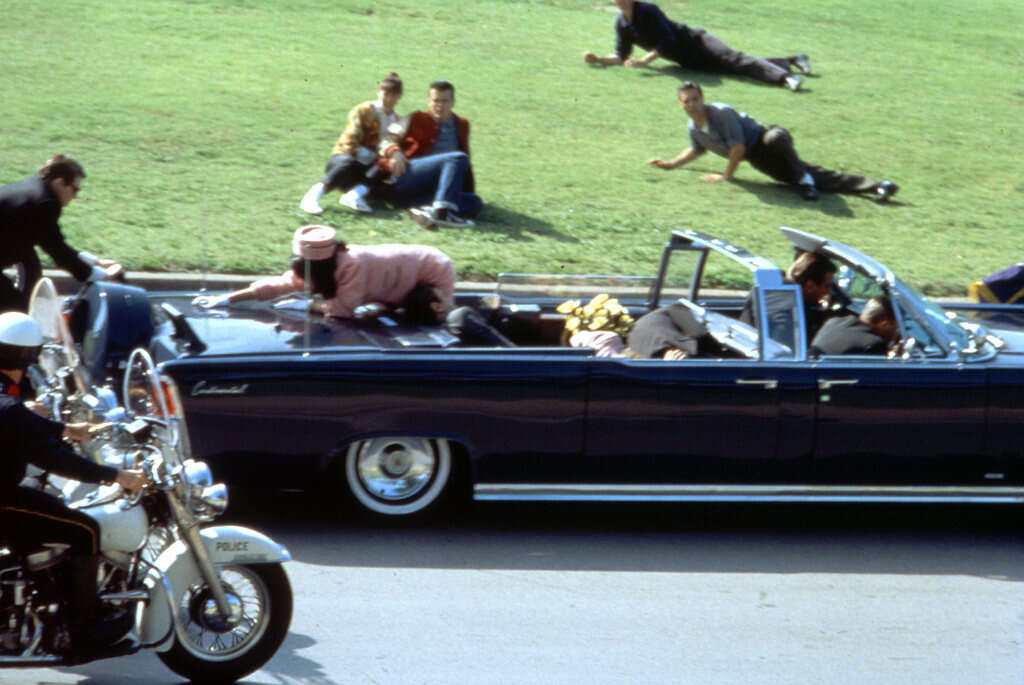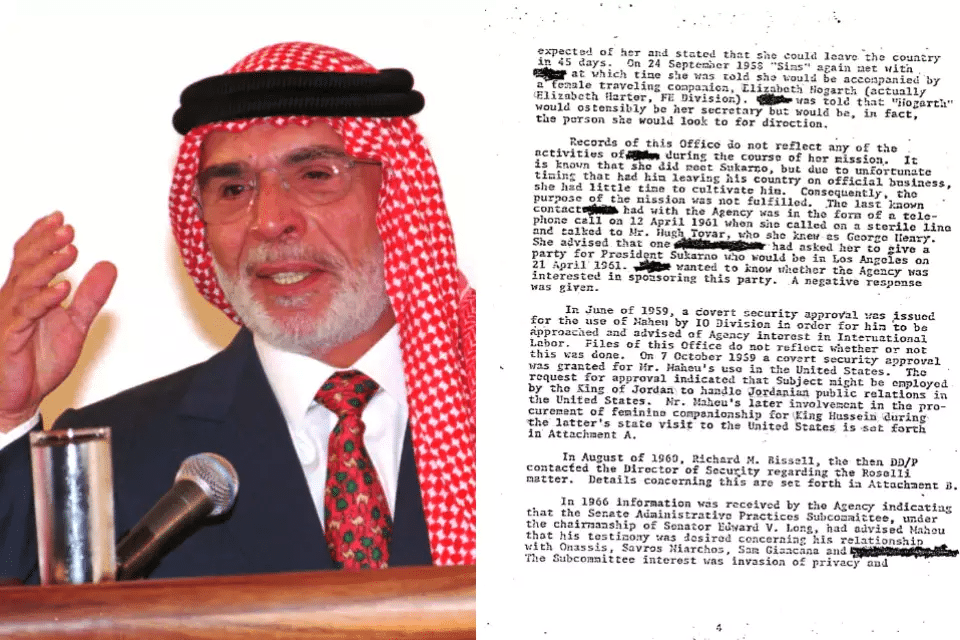More than a week after the US government released tens of thousands of documents related to President John F. Kennedy's assassination, historians and online platforms have begun publishing significant findings from these declassified records. President Donald Trump ordered the release of over 60,000 documents via presidential executive order, prompting researchers to meticulously examine them in search of meaningful information that might illuminate the circumstances surrounding the American president's death.
The majority of the revealed information failed to deliver breakthrough discoveries about Kennedy's assassination, particularly considering that similar document releases in the past did not successfully confirm or refute existing conspiracy theories. Most revelations instead offer insights into the operational methods of American intelligence agencies during critical Cold War years.
Kennedy was fatally shot in the head while riding in an open convertible and waving to crowds during his Dallas visit on November 22, 1963. Lee Harvey Oswald, a Marine who defected to the Soviet Union for ideological reasons and married there before eventually returning to the United States, was identified as the assassin. According to the official account, Oswald fired a sniper rifle from the sixth floor of the Texas School Book Depository. Two days later, nightclub owner Jack Ruby shot and killed Oswald during his jail transfer – an event broadcast live on television across America.

The assassination and its surrounding conspiracy theories have become an enduring fixture in American discourse: theories range from the possibility of a second shooter to potential involvement by Soviet intelligence, American intelligence agencies, the Mafia, Fidel Castro's Cuban regime – and even Israel – with countless variations explaining who was truly responsible for Kennedy's death.
Several investigative committees were established over the decades to investigate or debunk these conspiracy theories, but they apparently failed to convince the American public. According to a 2023 Gallup poll, 65% of Americans believe Kennedy's assassination involved a conspiracy, with 20% specifically believing the US government participated in it. Democratic Party voters and those with higher education tend to be less likely to believe in such theories, according to the survey.
A report published in The Washington Post revealed that the documents illuminate espionage activities against Cuba, field agents who planted surveillance devices in Chinese agencies, and operatives who extracted valuable intelligence from Soviet sources. One document from January 1962 details a highly classified initiative called "Operation Mongoose" or "The Cuban Project" – a series of covert operations led by the CIA against Cuba that was authorized by President Kennedy in 1961 with the objective of overthrowing the Cuban regime.
Another document examining the aftermath of the "Bay of Pigs invasion" – the failed April 1961 US attempt to overthrow Castro's regime by landing trained Cuban exiles on the island – contained remarkable criticism of the CIA. The document stated Kennedy was warned by one of his advisors that the American intelligence agency was accumulating excessive power. In a memorandum titled "Reorganization of the CIA," presidential special advisor and prominent historian Arthur Schlesinger Jr. expressed serious concerns about the autonomy and influence of the intelligence agency, stating it possessed "many of the characteristics of a state within a state."
Schlesinger Jr. proposed transferring control of "all covert activities" to the State Department and dismantling the agency – a plan that never materialized. He further claimed that approximately 1,500 State Department employees were allegedly covert CIA officers. According to Schlesinger, almost half of the political officers in US embassies, responsible for analyzing and advising on host country politics, actually worked for the CIA. This "Schlesinger memo" provided perfect fodder for those who believe American intelligence agencies were involved in the president's assassination.

Philip Shenon, author of a 2013 book on the assassination, emphasized in an interview with ABC the significance of Oswald's visit to Mexico City in September 1963, two months before the assassination: "The CIA tracked Oswald quite aggressively during his stay there. There is reason to believe he spoke openly about killing Kennedy in Mexico City, and people heard him say it." Shenon added: "Nothing points to a second shooter. I haven't seen any major breakthroughs that rewrite the basic history of the assassination, but it's still very early."
The new documents reveal how the CIA conducted telephone surveillance in Mexico City between December 1962 and January 1963, including specific instructions to agents regarding conversation monitoring and using specialized chemicals to mark telephone devices. These files also uncover new information about intelligence cooperation between the US and Mexico: the CIA's security contact regarding Oswald in Mexico was Luis Echeverría Álvarez, who later became president of Mexico.
Among the documents in the latest release was an official confirmation detailing how the CIA employed Robert A. Maheu, a former FBI agent turned agency contractor, for a particularly sensitive assignment in October 1959. The document, previously partially redacted, reveals that Maheu's security clearance request indicated he might be employed by the Kingdom of Jordan for public relations work in the United States. The document references an appendix describing "his involvement in acquiring female escort services for King Hussein during his later official visit to the US." While previously disclosed, this document has now been published without redacting the king's name.
Another document relates to Israel: an October 1961 analysis of the Communist Party in Israel (Maki). During this Cold War period, the United States was deeply concerned about the potential rise of communist regimes in additional countries worldwide and the expansion of Soviet influence. This document, titled "Summary of Communist Activity in Israel," provides a detailed profile of the party, noting that Maki had 2,950 members (2,500 Jews and 450 Arabs).
The report analyzes the party based on cultural-ethnic backgrounds, ideological positions, and members' attitudes toward the Soviet Union. It identifies key factions including "the Arabs led by Tawfik Toubi and Emile Habibi," alongside "Russian Jews led by Shmuel Mikunis and David Khenin, Lithuanian Jews led by Esther Vilenska and Meir Vilner, and Polish Jews led by Moshe Sneh and Yehoshua Irgun."

The document further describes how party members were divided in their attitudes toward Zionism, the Soviet Union in general, and Stalin in particular. It also examines the party's connections with communist entities worldwide and references other left-wing parties. Even US public service employees found themselves mentioned within these various records.
The newly released files contained Social Security numbers of dozens of congressional staff members from the late 1970s, some of whom are still alive today. While processing and analyzing these new documents is expected to require considerable time, researchers estimate that 3,000 to 3,500 files remain unpublished, either fully or partially.




